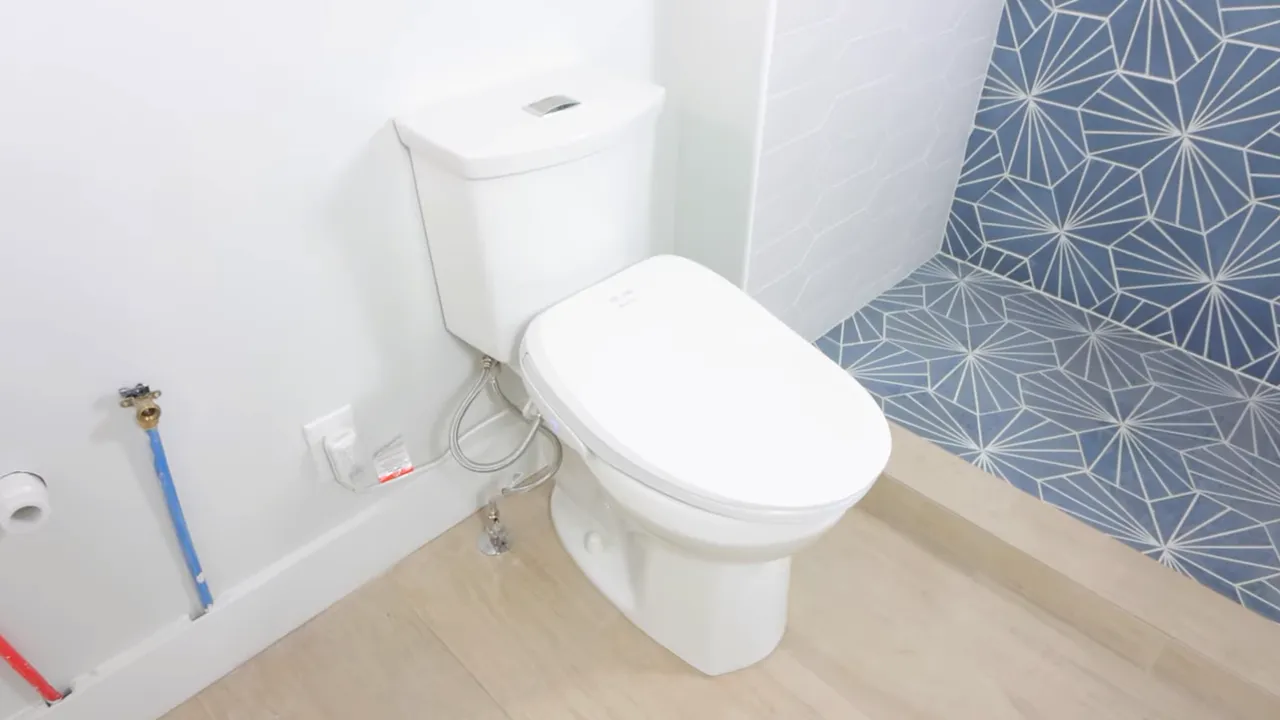To install a bidet toilet seat, simply follow the manufacturer’s instructions and connect the seat to the existing water supply and toilet bowl. When it comes to upgrading your bathroom experience, installing a bidet toilet seat can provide you with numerous benefits.
Bidet seats are a convenient and hygienic alternative to traditional toilet paper, offering a gentle cleansing with water. Whether you’re looking to reduce waste or improve personal hygiene, a bidet seat can be a great addition to your bathroom. In this guide, we will outline the step-by-step process of how to install a bidet toilet seat, so you can enjoy its advantages in no time.
The Benefits Of Installing A Bidet Toilet Seat
There are several compelling reasons why installing a bidet toilet seat in your bathroom can greatly enhance your personal hygiene and contribute to a more sustainable and cost-effective lifestyle.
Reduce paper waste and promote sustainability
By installing a bidet toilet seat, you can significantly reduce your reliance on toilet paper, thus promoting sustainability and reducing paper waste. Traditional toilet paper production contributes to deforestation and increases carbon emissions. Bidet toilet seats use water to clean, eliminating the need for excessive toilet paper usage.
Improve personal hygiene and cleanliness
Bidet toilet seats provide a higher level of cleanliness compared to using toilet paper alone. The gentle stream of water not only effectively cleans the area but also helps to prevent the spread of bacteria and other germs. This is especially beneficial for individuals with sensitive skin or those prone to infections.
Save money on toilet paper in the long run
Investing in a bidet toilet seat can lead to long-term cost savings, as you no longer need to purchase as much toilet paper. While the initial investment may seem higher, the reduced dependence on toilet paper means fewer trips to the store and more money saved in the long run. Additionally, bidet toilet seats often come with adjustable water temperature and pressure settings, allowing for a more comfortable and personalized cleaning experience.
Overall, the installation of a bidet toilet seat offers numerous benefits, such as reducing paper waste, improving personal hygiene, and saving money in the long run. Incorporating this sustainable and convenient bathroom fixture into your home not only benefits you but also contributes to a greener and more eco-friendly future.
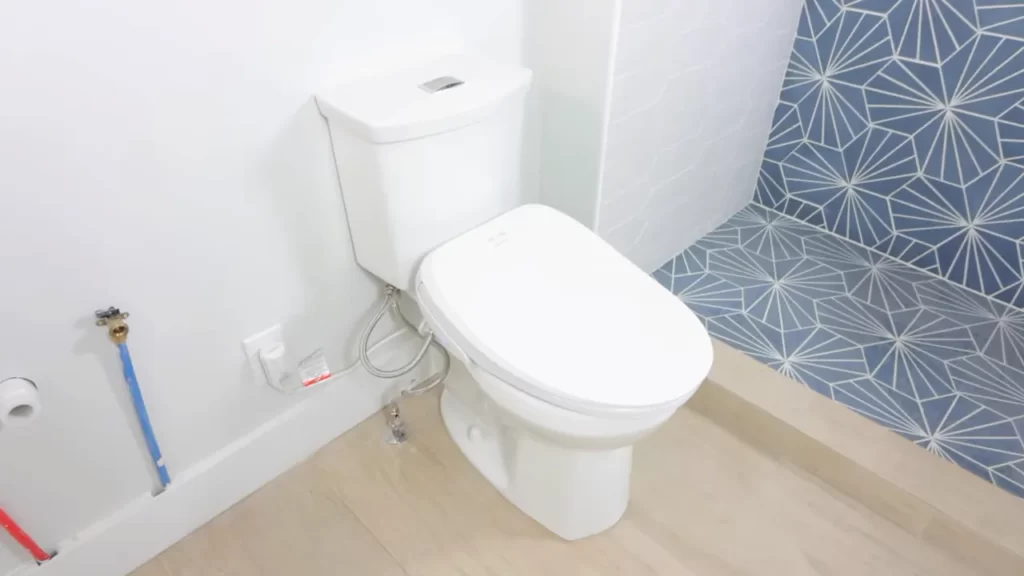
Understanding The Different Types Of Bidet Toilet Seats
In today’s modern world, bidet toilet seats have gained significant popularity due to their hygiene benefits and added comfort. If you are considering installing a bidet toilet seat in your bathroom, it is essential to understand the different types available in the market. By familiarizing yourself with the various options, you can make an informed decision that best suits your needs. Let’s delve into the three main types of bidet toilet seats: electric bidet toilet seats, non-electric bidet toilet seats, and attachment bidet toilet seats.
Electric Bidet Toilet Seats
If you’re searching for a bidet toilet seat that offers advanced features and customization options, an electric bidet toilet seat is an ideal choice. These innovative seats are powered by electricity and come with a control panel that allows you to adjust the water pressure, temperature, and other settings according to your preferences. Electric bidet toilet seats also often include additional features like heated seats, built-in air dryers, and even night lights for added convenience.
Non-electric Bidet Toilet Seats
For those who prefer a more budget-friendly option, non-electric bidet toilet seats are an excellent alternative. These seats operate without electricity and are typically powered by water pressure alone. Non-electric bidet toilet seats provide a refreshing cleansing experience by using cold water, which can be invigorating especially during hot weather. They are user-friendly and often feature a self-cleaning nozzle and adjustable water pressure settings.
Attachment Bidet Toilet Seats
If you’re looking for an affordable and easy-to-install option, attachment bidet toilet seats are worth considering. As the name suggests, these seats can be attached to your existing toilet seat, requiring minimal effort and no additional plumbing. Attachment bidet toilet seats generally feature a control lever that allows you to adjust the water flow. Although attachment bidet toilet seats may lack some of the advanced features found in electric models, they still provide a superior level of cleanliness compared to regular toilet paper.
In conclusion, understanding the different types of bidet toilet seats is crucial when selecting the right one for your bathroom. Electric bidet toilet seats offer advanced features and customization options, non-electric bidet toilet seats provide a budget-friendly experience, while attachment bidet toilet seats offer ease of installation without requiring any major modifications to your existing toilet. Consider your preferences, budget, and bathroom requirements to choose a bidet toilet seat that will enhance your hygiene and comfort in the long run.
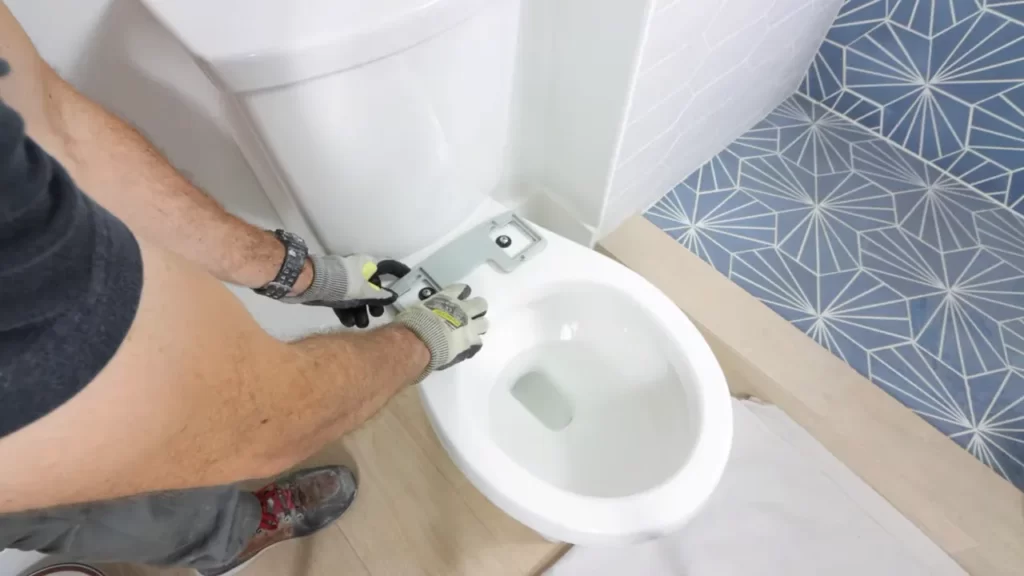
Step-By-Step Guide To Installing A Bidet Toilet Seat
Installing a bidet toilet seat can greatly enhance your bathroom experience, providing a clean and refreshing alternative to traditional toilet paper. If you’re ready to upgrade your bathroom, follow this step-by-step guide to easily install a bidet toilet seat.
Gather the necessary tools and materials
Before you begin the installation process, make sure you have all the necessary tools and materials on hand. Here’s a list of what you’ll need:
| Tools | Materials |
|---|---|
|
|
Shut off the water supply and disconnect the toilet seat
The first step in the installation process is to shut off the water supply to your toilet. Locate the shut-off valve, typically located behind the toilet tank, and turn it clockwise to stop the flow of water. Next, remove the existing toilet seat by unscrewing the bolts connecting it to the toilet bowl. Set aside the old seat for disposal.
Install the mounting bracket and bidet seat
With the old seat removed, it’s time to install the mounting bracket for the bidet seat. The mounting bracket should align with the holes on the toilet bowl. Use a screwdriver or wrench to secure the bracket tightly in place. Once the bracket is installed, carefully attach the bidet seat to the bracket, ensuring a snug fit. Tighten any necessary screws to hold the seat securely in place.
Connect the water supply line and turn on the water
Now it’s time to connect the water supply line to the bidet seat. Apply Teflon tape to the threaded ends of the water supply line to ensure a watertight connection. Attach one end of the supply line to the bidet seat and the other end to the shut-off valve. Use an adjustable wrench to tighten the connections. Once everything is securely connected, turn on the water supply valve to allow water to flow to the bidet seat.
Adjust the settings and test the bidet toilet seat
With the bidet seat installed and water flowing, it’s time to adjust the settings and test its functionality. Most bidet seats come with various options for water temperature, pressure, and spray patterns. Consult the manufacturer’s instructions to adjust the settings to your preference. Then, hop on the toilet seat and test the bidet’s spray to ensure that it’s working properly. Make any necessary adjustments to the settings until you’re completely satisfied with the bidet toilet seat’s performance.
By following this step-by-step guide, you can easily install a bidet toilet seat in your bathroom. Enjoy the luxury and cleanliness that a bidet seat provides, and you’ll wonder how you ever lived without it!
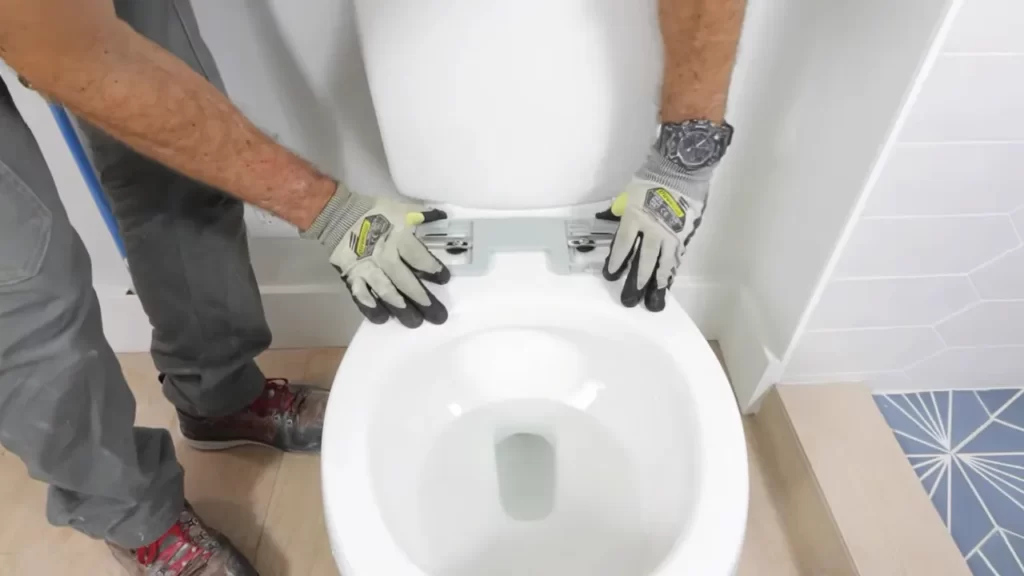
Troubleshooting Tips For Common Installation Issues
Installing a bidet toilet seat is a great way to enhance your bathroom experience with added comfort and hygiene. However, like any other home improvement project, you may encounter some common installation issues along the way. In this section, we will discuss useful troubleshooting tips to help you overcome leaks or drips from the bidet seat, as well as difficulties in connecting the water supply line, and incompatibility with your existing toilet.
Leaks or drips from the bidet seat
Dealing with leaks or drips from your bidet toilet seat can be both frustrating and messy. To troubleshoot this issue, follow these steps:
- First, ensure that the bidet seat is properly installed and tightly secured. Double-check all the connections to make sure they are secure and leak-free.
- If you still experience leaks, check the water supply line and make sure it is properly connected. Tighten any loose connections, if necessary.
- Inspect the bidet seat’s hoses for any damage or cracks. If you notice any issues, replace the hoses with new ones.
- If none of the above steps fix the problem, it is possible that the bidet seat itself is faulty. Contact the manufacturer or retailer for further assistance or a replacement.
Difficulty in connecting the water supply line
Connecting the water supply line to your bidet seat can be a bit tricky, but with the right troubleshooting steps, you’ll be able to overcome this issue:
- Start by turning off the water supply to your toilet. Locate the shut-off valve and twist it clockwise to close it.
- Inspect the water supply line and make sure it is properly threaded. If not, carefully and gently rethread it to ensure a secure connection.
- Apply plumber’s tape to the threaded ends of the water supply line and the bidet seat’s fill valve. This will create a tight seal and prevent any leaks.
- Using an adjustable wrench, tighten the connections on both ends of the water supply line. Make sure not to overtighten, as it can cause damage.
- Once the connections are secure, turn on the water supply and check for any leaks. If there are no leaks, you’ve successfully connected the water supply line to your bidet seat.
Incompatibility with your existing toilet
If you encounter compatibility issues between your bidet seat and your existing toilet, follow these troubleshooting tips:
- Check the dimensions and shape of your toilet bowl to ensure it matches the bidet seat you purchased. Some bidet seats are designed to fit specific toilet models.
- Refer to the bidet seat’s instruction manual or contact the manufacturer for compatibility information. They may provide additional parts or adapters to make the seat compatible with your toilet.
- If your toilet has an unusual shape or size that doesn’t match any bidet seats on the market, you may need to consider replacing your toilet or consulting a professional plumber for further advice.
By following these troubleshooting tips, you’ll be able to address common installation issues when installing a bidet toilet seat. Remember to carefully read the instruction manual provided with your bidet seat for specific troubleshooting steps and always prioritize safety during the installation process.
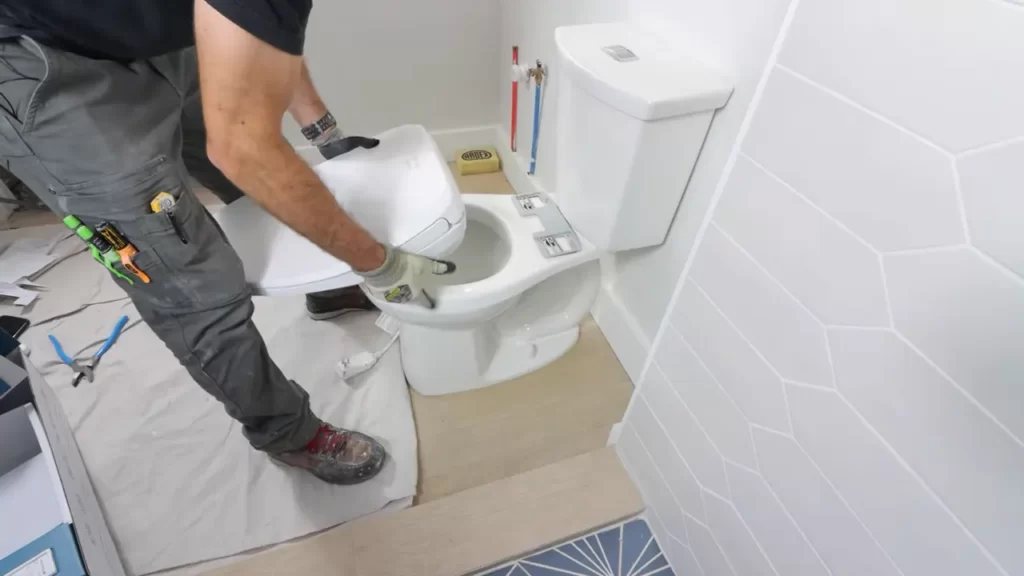
Choosing The Right Bidet Toilet Seat For Your Needs
Installing a bidet toilet seat is a great way to upgrade your bathroom experience. Bidet seats offer superior cleanliness, convenience, and comfort compared to traditional toilet paper. However, with so many options available on the market, it can be overwhelming to choose the right bidet toilet seat for your needs. Here are a few factors to consider before making your purchase:
Consider your budget and desired features
Before diving into the world of bidet toilet seats, it’s important to set a budget for yourself. Bidet seats can vary significantly in price, ranging from budget-friendly options to high-end models with advanced features. Decide how much you are willing to invest in a bidet seat based on your personal preferences and budget constraints.
Once you have established your budget, consider the desired features you want in a bidet seat. Some common features include adjustable water temperature, adjustable water pressure, heated seats, air drying, and even remote control operation. Think about what features are important to you and make a list of your top priorities.
Evaluate the compatibility with your toilet
Not all bidet toilet seats are compatible with every toilet. To ensure a seamless installation process, take the time to evaluate the compatibility of the bidet seat with your specific toilet model. Most bidet seats are designed to fit standard elongated or round toilets, but it’s always best to double-check.
If you have a non-standard toilet shape or size, such as a square or compact toilet, you may need to search for a bidet seat specifically designed for your toilet type. Check the product specifications and dimensions of the bidet seat to ensure it will fit and function properly with your toilet.
Research customer reviews and ratings
Before purchasing a bidet toilet seat, it’s essential to research customer reviews and ratings. Reading reviews from other users who have already installed and used a particular bidet seat can provide valuable insights into its performance, durability, and overall satisfaction.
Look for bidet seats with positive reviews and high ratings, indicating a solid reputation and customer satisfaction. Beware of any common complaints or negative feedback as it may indicate potential issues or limitations of the bidet seat you are considering.
Consider the credibility and reliability of the sources providing the reviews. Look for reviews from reputable websites, forums, or retailers to ensure that they are genuine and unbiased.
Overall, investing in a bidet toilet seat can revolutionize your bathroom experience. By considering your budget and desired features, evaluating compatibility, and researching customer reviews, you can confidently choose the right bidet toilet seat that meets your needs and preferences.
Frequently Asked Questions
Installing a bidet toilet seat can bring numerous benefits to your bathroom routine, from improved hygiene to enhanced comfort. However, many people have questions about the installation process. In this section, we address some of the most common queries related to bidet toilet seat installation.
What if my toilet does not have an electrical outlet nearby?
If your toilet does not have an electrical outlet nearby, you might be concerned about the installation of a bidet toilet seat. However, there are solutions that do not require an electrical connection. Some bidet toilet seats come with a non-electric option, which relies on water pressure from your existing water line.
To install a non-electric bidet toilet seat, follow these steps:
- Turn off the water supply to your toilet by closing the shutoff valve.
- Disconnect the water supply hose from the toilet tank.
- Connect the bidet seat’s T-valve to the toilet tank, and then connect the water supply hose to the T-valve.
- Attach the bidet seat to your toilet bowl.
- Turn on the water supply and check for any leaks.
- Test the bidet seat by using its various functions.
By following these steps, you can enjoy the benefits of a bidet toilet seat even without an electrical outlet nearby.
Can I install a bidet toilet seat on my own or should I hire a professional?
Installing a bidet toilet seat can often be done on your own, even if you don’t have extensive plumbing experience. Most bidet toilet seats come with detailed installation instructions that make the process straightforward.
To install a bidet toilet seat on your own, follow these general steps:
- Turn off the water supply to your toilet by closing the shutoff valve.
- Remove the existing toilet seat by unscrewing the bolts.
- Position the bidet seat over the toilet bowl and align it with the mounting holes.
- Secure the bidet seat to the toilet bowl using the provided bolts and nuts.
- Connect the bidet seat’s water supply hose to the fill valve on the bottom of the toilet tank.
- Turn on the water supply and check for any leaks.
- Test the bidet seat by using its various functions.
If you are unsure or uncomfortable with the installation process, you can always hire a professional plumber to ensure proper installation and peace of mind.
How do I maintain and clean a bidet toilet seat?
To keep your bidet toilet seat clean and functioning well, it is important to establish a regular maintenance routine.
Here are some tips for maintaining and cleaning your bidet toilet seat:
- Regularly wipe the bidet seat surface with a mild soap solution and a soft cloth to remove any residue or build-up.
- Avoid using abrasive cleaners or harsh chemicals, as these can damage the bidet seat’s surface.
- Make sure to clean the nozzle(s) regularly to prevent the accumulation of bacteria or mineral deposits. Refer to the manufacturer’s instructions for specific cleaning recommendations.
- Consider using a descaling solution periodically to remove any mineral deposits from the bidet seat’s internal components.
- Check the water filters, if applicable, and replace them as recommended by the manufacturer.
Following these maintenance tips will help keep your bidet toilet seat in optimal condition and ensure a hygienic bathroom experience.
Frequently Asked Questions
Can You Install A Bidet Seat On Any Toilet?
Yes, bidet seats can be installed on any toilet without any issues. They are designed to fit most standard toilets and can easily attach to the existing plumbing. Installing a bidet seat is a convenient and hygienic option for any bathroom.
How Do You Install A Bidet On An Existing Toilet?
To install a bidet on an existing toilet: 1. Turn off the water supply and drain the toilet tank. 2. Attach the bidet valve to the water supply line. 3. Connect the bidet hose to the bidet valve and toilet tank.
4. Install the bidet seat on the toilet bowl. 5. Turn on the water supply and test the bidet for leaks.
Do You Need A Plumber To Install A Bidet Seat?
Yes, a plumber is recommended for installing a bidet seat due to the need for proper plumbing connections.
Are Bidet Toilets Easy To Install?
Yes, bidet toilets are easy to install. They require minimal effort and can be set up without professional assistance. Installing a bidet toilet can be a simple and straightforward task for most homeowners.
Conclusion
Installing a bidet toilet seat is a relatively easy process that can greatly improve personal hygiene and overall bathroom experience. By following the steps outlined in this blog post, you can successfully install a bidet toilet seat without needing professional help.
Remember, it’s important to choose the right bidet toilet seat for your needs and to carefully read the instructions provided by the manufacturer. With a bidet toilet seat, you can enjoy a cleaner and more comfortable experience in your bathroom.
